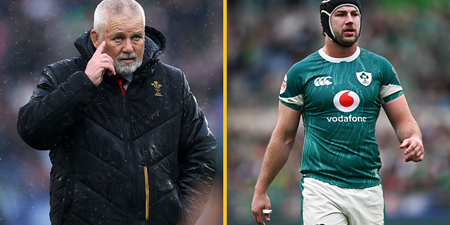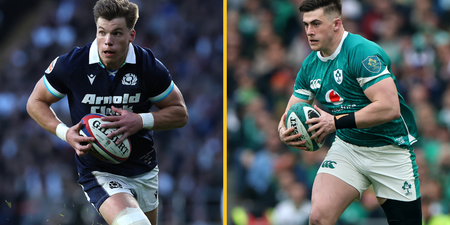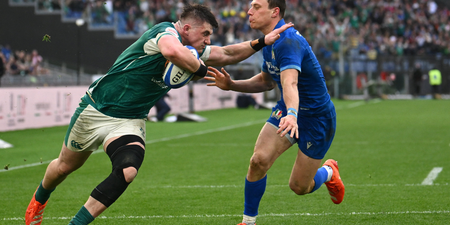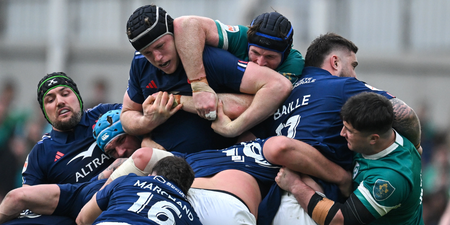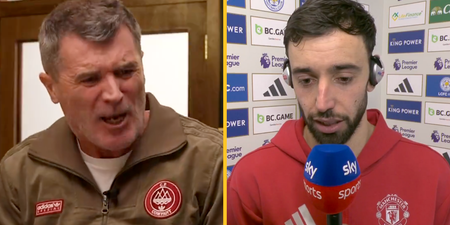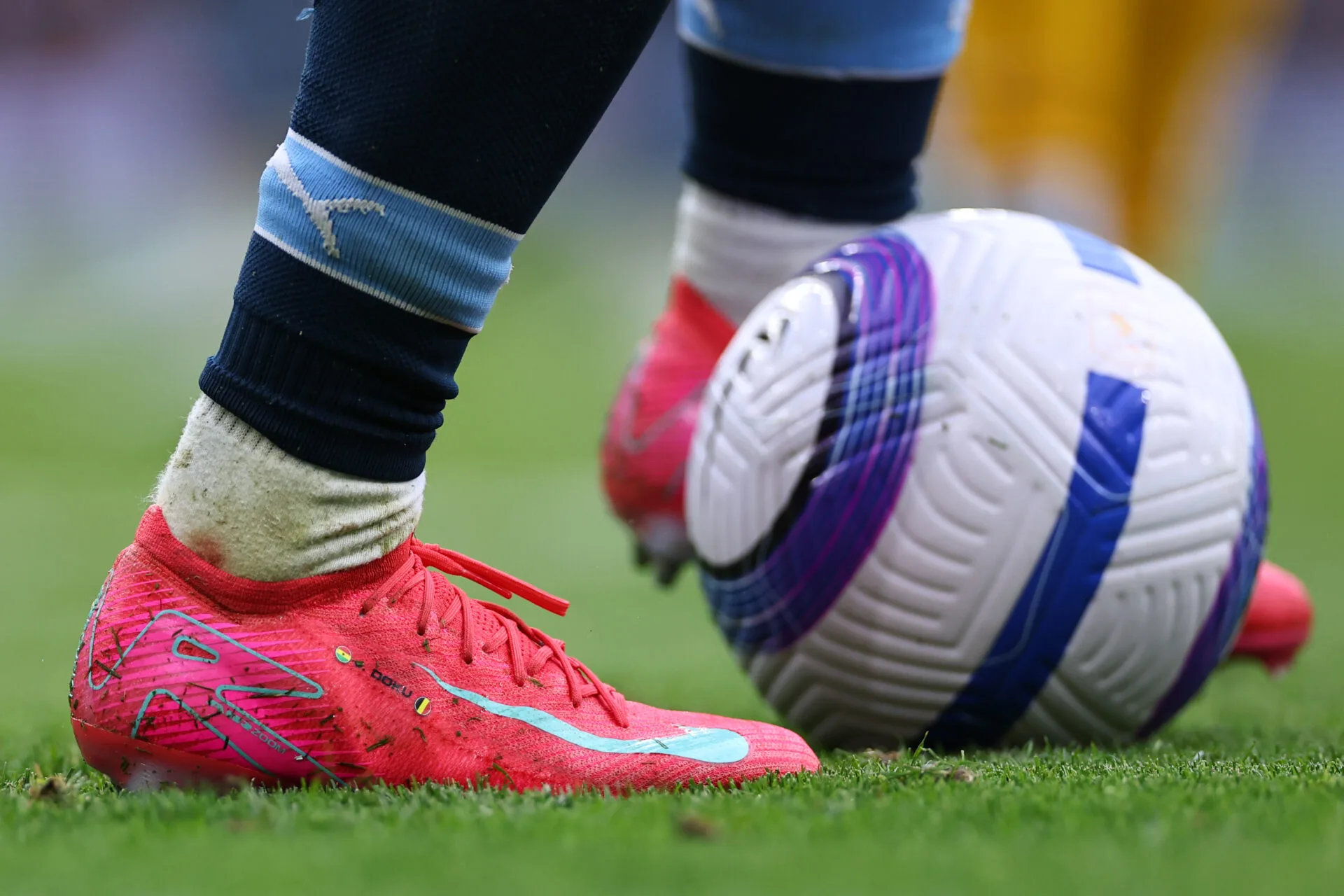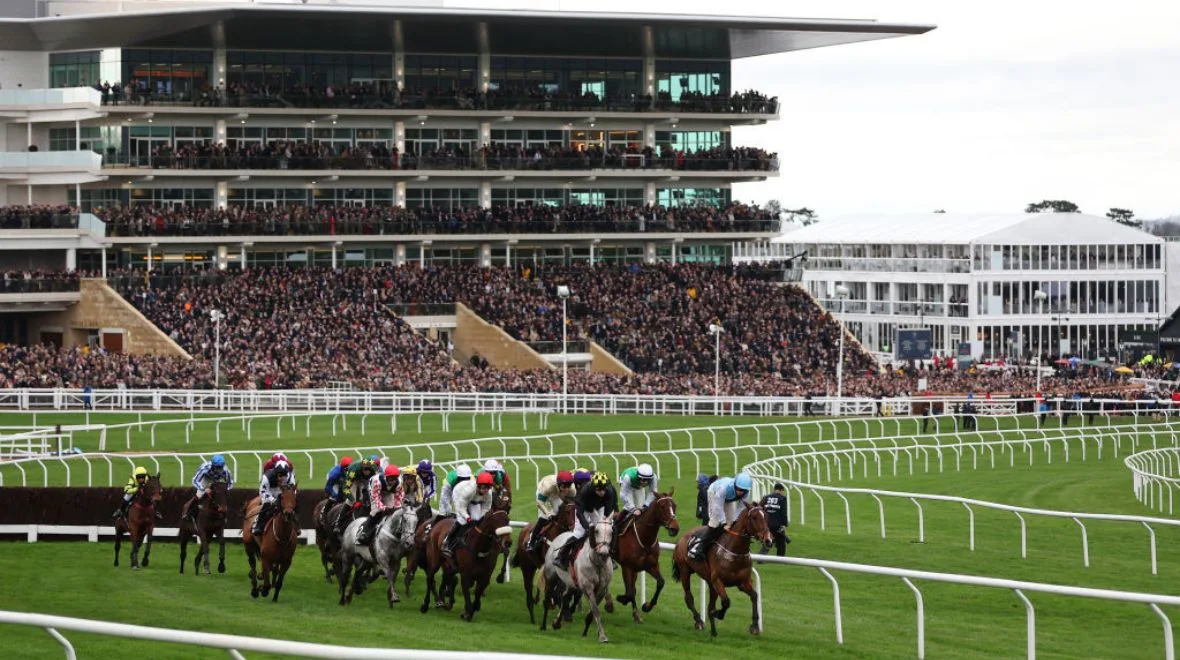Following a disastrous summer for northern hemisphere sides, in 1998, five rugby superpowers seriously considered cutting Ireland, Scotland and Wales loose.
For those feeling sorry for the current Ireland team having to take on the Springboks after such a long season, spare a thought for the men that went Saturday-Wednesday-Saturday-Wednesday-Saturday-Wednesday-Saturday against the world champions.
The previous summer had seen Ireland send a largely developmental side to take on the All Blacks and seven hard, mean, keen regional sides.
‘Ireland’ were getting hammered on a bi-weekly basis and nursing their wounds in the bar each night. The bickering management team of Pa Whelan and Brian Ashton were given more worries by their own squad than the talented opposition. Players were sneaking off to McDonalds and to jump off ledges attached to bungee cords.
The tour is renowned for ending more Irish careers than launching them.
One year on and we were still at rock bottom. This was an Ireland side that regularly registered one win per Five Nations championship. We had Wales’ number and lost to everyone else.
Heading to South Africa in 1998 the game of rugby was just shy of its third anniversary as a professional sport. Ireland, however, was set in its amateur ways.
A 63-15 annihilation by the All Blacks, in November 1997, and a poor start to the Five Nations ended Ashton’s half-cocked tenure. Donal Lenihan took over as Ireland team manager while 34-year-old Warren Gatland came in as head coach after impressing with Connacht.

The tour to South Africa was the last agreed to and organised in the amateur era. It would contain two Test matches and five midweek games against local outfits.
Gatland and Lenihan wanted Ireland to embrace professionalism but knew it would be a gradual process. That meant team-bonding sessions, nights on the rip, card schools and Gatland ‘bumming fags off players’ at the team hotel. Gradually gradual. Lenihan explains:
“Players heading out for pints happened but it was never out of hand during my time with Ireland.
“It was better, in our view, to get the guys out for a few drinks and do it in an open manner rather than having them sneak behind your back. The last thing you need is a guy sneaking back into the hotel, climbing in through the bedroom window of a guy who is playing a Test the next morning.
“On that South Africa tour, Warren and I instigated a practice where we brought all the lads who weren’t in the match-day squad out for a meal and a few drinks the night before a game. It was better to let the lads have a few drinks and do it in the open.”
With Paddy Johns as captain, Ireland went into the series against a team of world-beaters that were finding only New Zealand as serious competition.

It did not help, then, that Reggie Corrigan, Jonny Bell and James Topping were already injured and home by the time of the First Test. Ireland were far from happy that the club sides had took such glee at softening them up. Leinster back-row Victor Costello featured in both Tests and recalls the mindset heading into both.
“We were not going to roll over for South Africa but things got ugly, quickly. I’ve a theory that if you start throwing punches, (A) you’re not fit enough and (B) you don’t believe in yourself.”
Ireland were slammed for turning the matches into unglorified boxing matches. Keith Wood took exception to Springbok captain Gary Teichmann putting himself around a bit and tackled him around the oesophagus. He received a yellow card but there was no sin bin back then. South Africa coach Nick Mallet thought the ‘targeted aggression’ should have been a red card and a six-week ban.

The opener was lost 37-13 but the Second Test was nothing that resembled rugby. Guardian journalist Donald McRae described it as ‘grim, bare-knuckled violence’ and the most dispiriting match he had ever witnessed.
That Second Test, which Ireland lost 33-0, is now infamous as ‘The Battle of Pretoria’.
South Africa’s press officer Alex Broun recalls the scene of the Irish dressing room after the final whistle.
“But they were battered and bruised, the Irish. My God they were battered and bruised. They were bleeding from all over the place.
“They tried to give as good as they got but the South African boys were a lot bigger and a lot stronger.”
That summer was a disaster for the northern hemisphere.
England had lost 76-0 and 45-3 to Australia. The Wallabies also swatted Scotland aside, who had been beaten by Fiji the week before. South Africa beat Wales 101-13.
The only Five Nations team to emerge with any respectability was France, who defeated Argentina and Fiji. It was the French, spurred on by early, English advances, that reached out to the unions of Australia, New Zealand and South Africa.
The proposal was simple – a world series involving all five powerhouses. A Five Nations for the professional era.
The intent was there but the hold-up was the same in 1998 as it was in 2016 – an agreed world rugby calendar and a fair split of TV money. It helped, too, that Welsh and Irish fortunes picked up in the years that followed.
However, at a time when The United Kingdom has voted to leave the European Union, it is interesting to note that Ireland were so close to being forcefully shoved out the exit door.
A full generation on and Ireland have the opportunity to leave South Africa as winners.
Joe Schmidt’s side are playing rugby now and they’re on the verge of something special.





